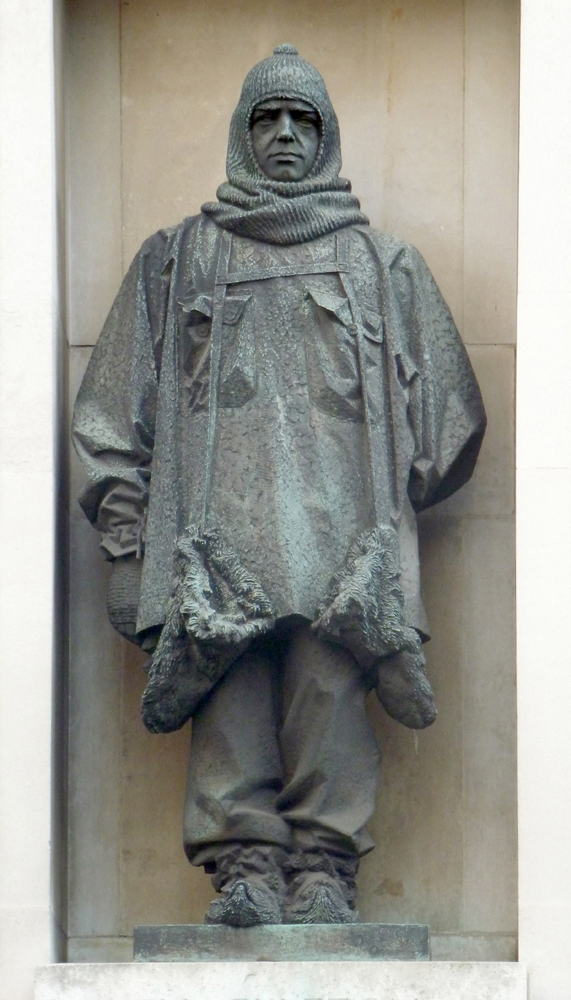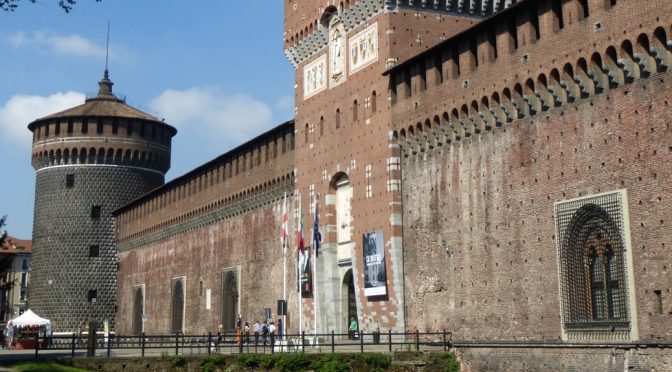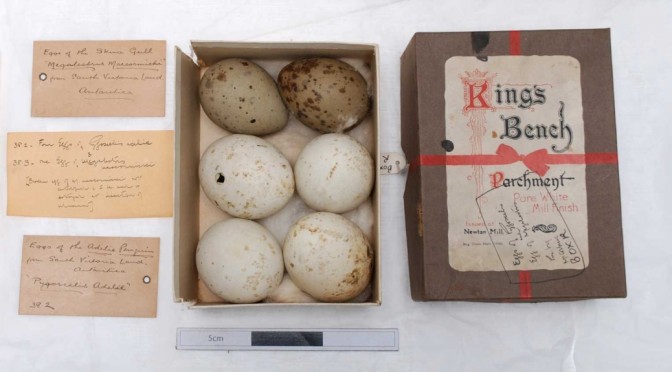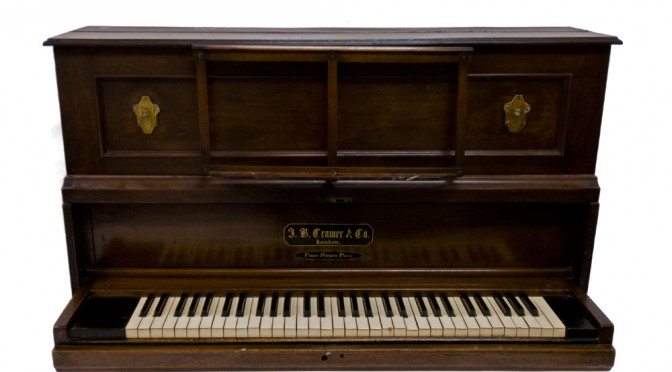July was a busy month – so busy, that I’ve only now finished writing up notes from the five different conferences, workshops and meetings that I attended in just over three weeks. But why spend so much time out of the office? Continue reading One month, five events
Tag Archives: Horniman Museum
Captain Colbeck’s eggs
A couple of years ago, I wrote a piece for this site about a series of objects from Antarctica that had been collected by the Horniman Museum and – in several cases – subsequently disposed of. I also wrote a longer essay for the Horniman’s website about the objects. In the latter piece, I noted that we had been unable to find some of the better-documented objects: several birds’ eggs donated by a person named in the registers as C. T. Colbeck (see also here). I was, therefore, delighted to receive a tweet a couple of weeks ago from my former colleague Justine Aw, saying that the eggs had been found whilst working through the Horniman’s collections following a collection review. Continue reading Captain Colbeck’s eggs
Reviewing your collections?
I gave a talk today at the Museums + Heritage Show, about a major collection review which took place at my previous employer, the Horniman Museum , between 2012 and 2015.
The whole talk is available elsewhere on this site, albeit rather buried, because I’ve treated it as a publication rather than a post – fair enough, given that it’s a few thousand words long. But I thought a quick summary might be interesting for those of you who don’t want to read the whole thing. Continue reading Reviewing your collections?
Captain Scott’s piano
In its new display on domestic keyboard instruments, ‘At Home With Music’, the Horniman Museum has been making something of a piano of the type taken to the Antarctic by Robert Falcon Scott on his first expedition, the British National Antarctic Expedition (also known as the Discovery expedition) of 1901-4.
As I’ve been reading Scott’s account of the expedition, The Voyage of the Discovery, when I’ve been away from home (my copy – 2 vols, London etc: Thomas Nelson & Sons, undated – is conveniently pocket-sized), I thought I’d publish the references which Scott makes to the use of the piano, and events at which it must have been employed.
Learning from the past 4: putting information online
This is the last of a series of posts looking at the lessons about museum documentation thrown up whilst I was researching my recent article on the website of the Horniman Museum (where I work as Documentation Manager), investigating the objects related to the ‘Heroic Age’ of Antarctic exploration which were once owned by the Horniman. I’ve already looked at accession registers, capturing and sharing information, and recording what happens to objects. This last post is slightly different, as it’s less about the past, and more about the present: I want to talk about my intentions when putting information about the Antarctic relics – and all the Horniman’s objects – online.
Continue reading Learning from the past 4: putting information online
Learning from the past 3: recording what happens to objects
This is the third of a series of posts looking at the lessons about museum documentation thrown up whilst I was researching my recent article on the website of the Horniman Museum (where I work as Documentation Manager), investigating the objects related to the ‘Heroic Age’ of Antarctic exploration which were once owned by the Horniman. I’ve already looked at accession registers, and capturing and sharing information; in this piece, I’ll talk about recording what happens to objects; and a final post will look at how we can make that information available online.
Continue reading Learning from the past 3: recording what happens to objects
Learning from the past 2: capturing and sharing information
This is the second of a series of posts looking at the lessons about museum documentation thrown up whilst I was researching my recent article on the website of the Horniman Museum (where I work as Documentation Manager), investigating the objects related to the ‘Heroic Age’ of Antarctic exploration which were once owned by the Horniman. I’ve already looked at accession registers; in this piece, I’ll talk about capturing and sharing information; further posts will look at recording what happens to objects; and finally, at how we can make that information available online. Continue reading Learning from the past 2: capturing and sharing information
Learning from the past 1: accession registers
A couple of weeks ago, I took advantage of the centenary of the departure of Sir Ernest Shackleton’s Imperial Trans-Antarctic Expedition (also known as the Endurance expedition) to publish an article on the website of the Horniman Museum (where I work as Documentation Manager), investigating the objects related to the ‘Heroic Age’ of Antarctic exploration which were once owned by the Horniman. I’ve already said something about what these objects add to our knowledge of Antarctic history, but the process of researching the article has also thrown up some valuable lessons in museum documentation, and I thought I’d share them here, in a series of posts. First, I’ll look at accession registers; then, capturing and sharing information; third, recording what happens to objects; and finally, looking at how we can make that information available online.
Continue reading Learning from the past 1: accession registers
Antarctic relics

100 years ago today, Sir Ernest Shackleton’s Endurance left Plymouth for the Antarctic. The story of his Imperial Trans-Antarctic Expedition – how the Endurance was trapped by ice, and drifted for hundred of miles before being crushed; how her crew camped for months on the drifting ice, then rowed for 6 days to reach the desolate and uninhabited Elephant Island; and how Shackleton and five companions sailed an open boat across 800 miles of the world’s stormiest seas before Shackleton, Crean and Worsley walked non-stop for 36 miles across the icy mountains of South Georgia to fetch help – is well known, and I’ll say no more about it here.
But the centenary of Shackleton’s departure also seemed an ideal time to publish an article on the Horniman Museum’s website about the Antarctic objects which the museum once owned. Continue reading Antarctic relics




